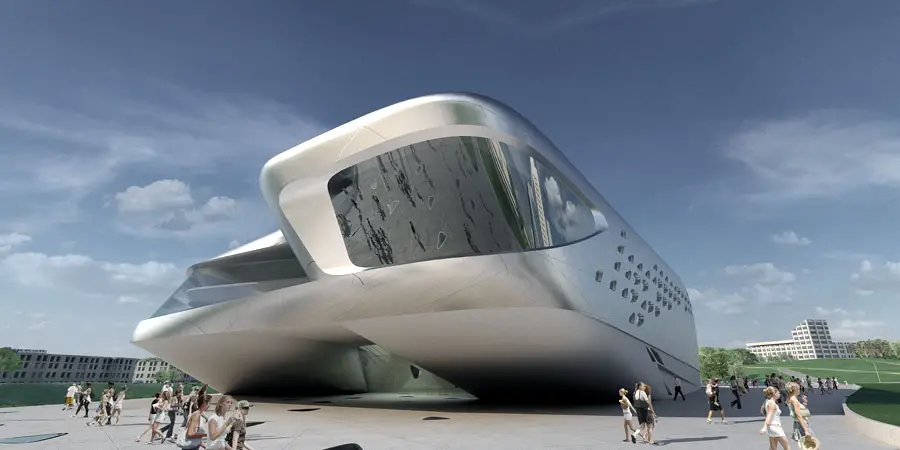In Lithuania, both
art and music have their ties to one guy: Mikalojus Konstantinas Ciurlionis. As
an artist, he made significant contributions to symbolism and art nouveau and
is often considered one of the prominent figures in European abstract art. As
both an accomplished artist and musician, Ciurlionis is one of the most
influential figures in Lithuanian cultural arts. In fact, a number of buildings
have been named for him as well as an asteroid. I like his work; it almost seems like they all come from a fantasy story.
There are a number
of different art museums spread across the country. The Palanga Amber Museum
houses about 28,000 pieces of amber, some as jewelry, some as part of artwork,
and some that include specimens of insects and plants from prehistoric eras
(think Jurassic Park).
The Vilnius
Guggenheim Hermitage Museum houses media art that includes film archives and
Fluxus art. Fluxes art refers to a group of international artists during the
1960s who merged a wide variety of mediums into their art, from performance art
to urban planning.
If I ever get to
Lithuania, I’d have to check out the Lithuania Museum of Ancient Beekeeping. I
have a thing for odd museums, and I think this one definitely fits in my list.
This museum centers around the history of beekeeping and is part of the
Aukstaitija National Park.
Early literature in
Lithuania was written in Latin, the language of the church and of scholars. It
wasn’t until the 16th century when works began being published in
the Lithuanian language, which was The
Simple Words of Catechism. The vast majority of published works at this
time were religious texts, but more secular texts, like histories and
dictionaries, began being published during the 18th century. Poetry
and other forms of literature began to emerge during the early part of the 19th
century, but when Russia took over, they banned all Lithuanian culture
including publishing works in their language. Any publishing in Lithuanian was
done in East Prussia (the capital was Königsburg, present-day Kaliningrad) and
smuggled back over the border.
Even though
printing Lithuanian literature was difficult for much of the late 19th
century and into the 20th century, Lithuanian writers still managed
to prevail. They utilized literary styles such as symbolism, expressionism, and
impressionism. A rebellion against traditional literary styles took place;
poetry became more politically and socially influenced and stretched the
constraints of form, bringing in forms that were popular throughout Europe and other
areas during that time.
Writers of note
include Vincas Kreve-Mickevicius (novels, drama), Zemaite (short stories),
Kazys Binkis (poetry), Oskaras Milasius (novels, short stories, collections), Vytaute
Zilinskaite (children’s lit, poetry), and Tomas Venclova (poetry, essays). Several
authors have emigrated from the country and have written from abroad.
Up next: music and
dance
_-_1909.jpg)





No comments:
Post a Comment